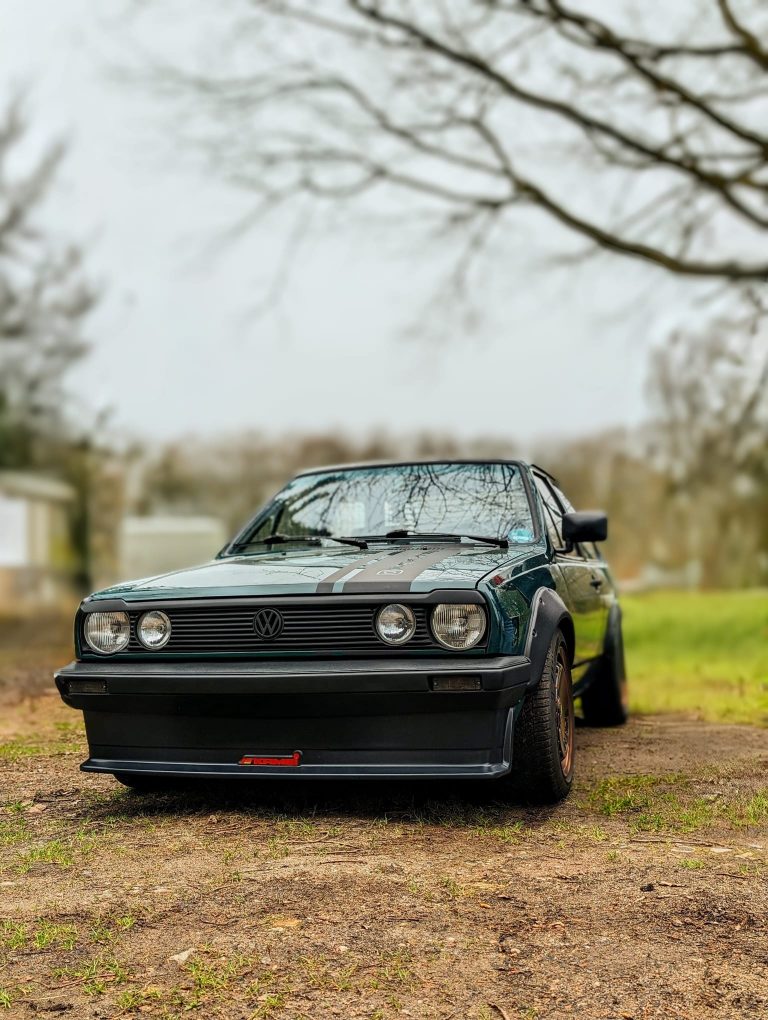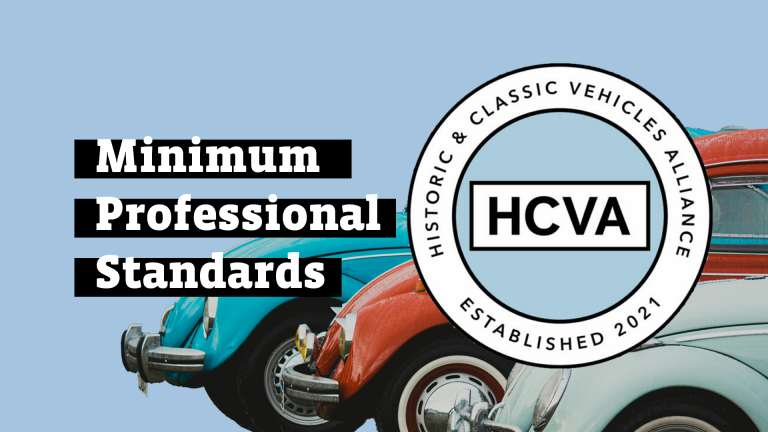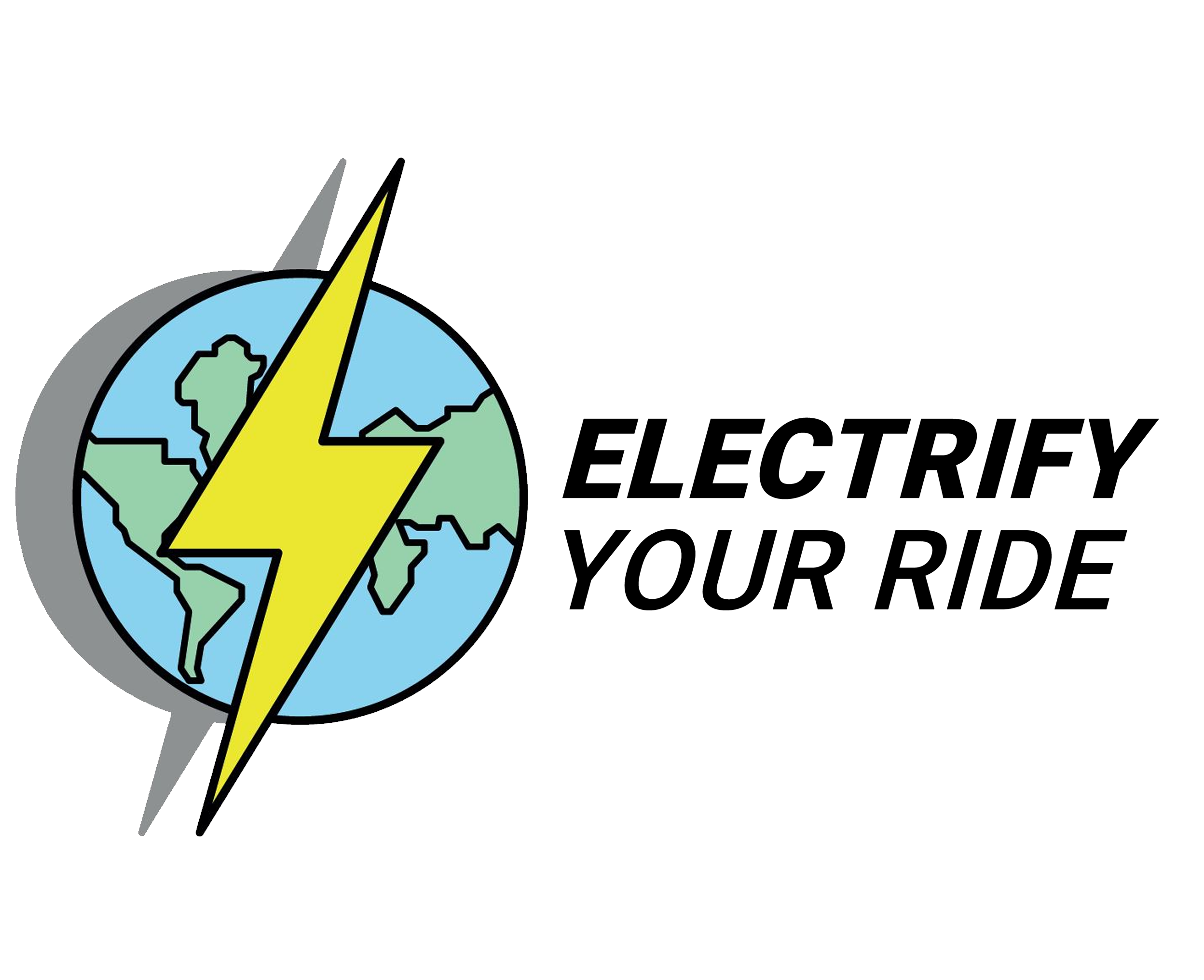Several battery options are available for DIY conversion projects: In addition to the lithium-ion chemistries NMC and NCA, there is now also lithium-iron phosphate (LFP).
TESLA has been installing LFP batteries in its standard range Model 3 since 2020 and BYD also relies on LFP, in Europe for example in its Atto 3 and Dolphin models.
So, in order to make an informed decision about which chemistry to use for your project, we have compared important parameters of the different chemistries (see graphic).

Lithium-Ion batteries use nickel, manganese, cobalt (NMC) or nickel, cobalt, aluminum (NCA). These chemistries feature a high energy density but are also more prone to catch fire, for example after a drastic short circuit or a severe impact.
In LFP batteries the risk of a so called “thermal runaway” (fire) is smaller because LFP cells are less likely to oxidize when shorted or impacted. Also, LFP batteries replace cobalt with iron which is non-toxic and much easier to source. We all know that mining cobalt is said to involve the exploitation of children and adults, in the Republic of Congo, for example. It also harms the environment.
Because of the fact that both iron and phosphate are widely used and not considered rare, LFP cells are less expensive per kilowatt-hour in comparison to Lithium-Ion batteries. LFP batteries also have a longer life (more charge cycles) and can (should) be charged to 100 percent of capacity.
Of course, there are also drawbacks. Energy density is smaller, temperature sensitivity higher (which reduces range and charging speed in winter).
Nevertheless, for the EV converter who is not in for (exceptional) long range and (utmost) high energy density LFP batteries are definitely an option worth to be considered. As they become more common in EVs, the second-life market will also grow.





